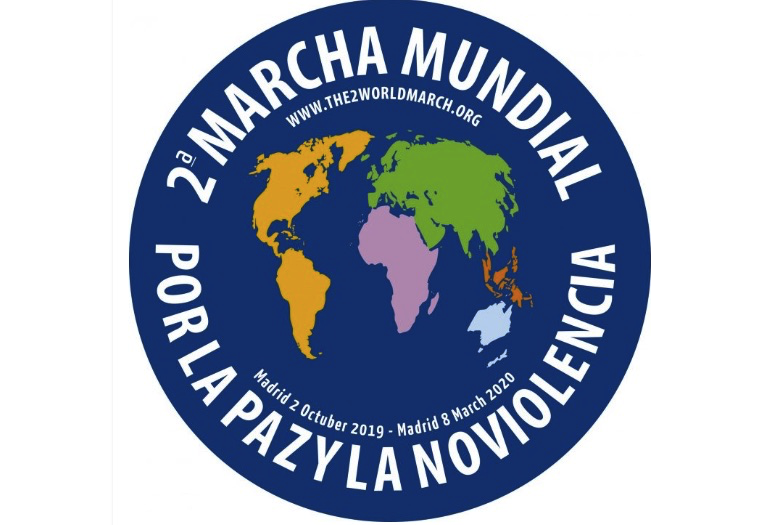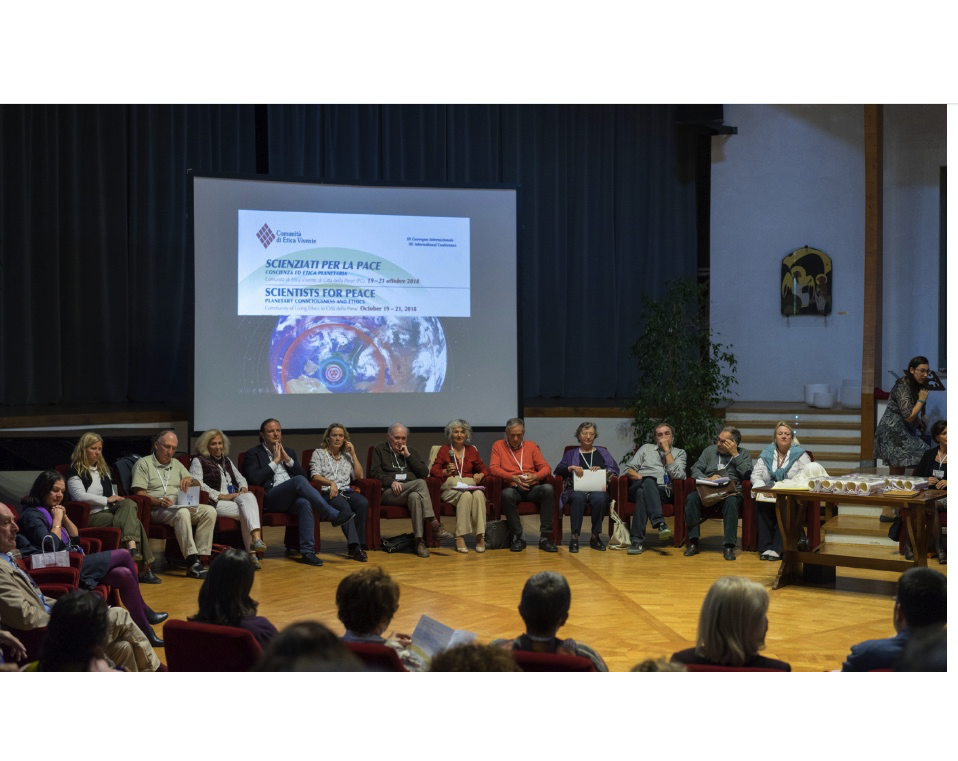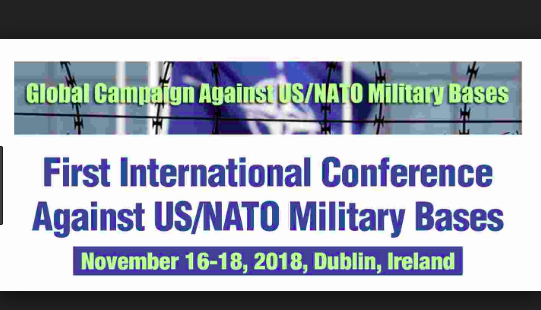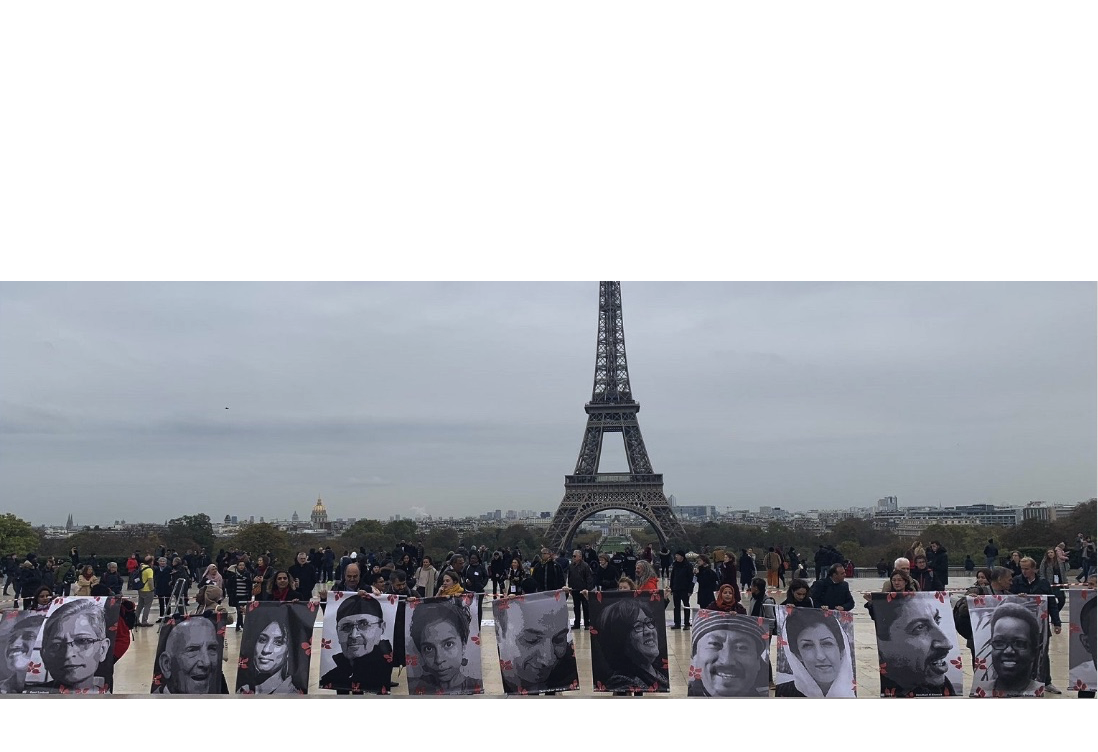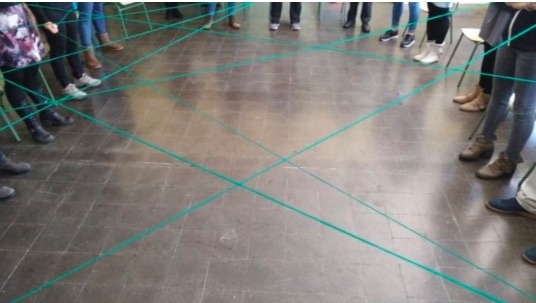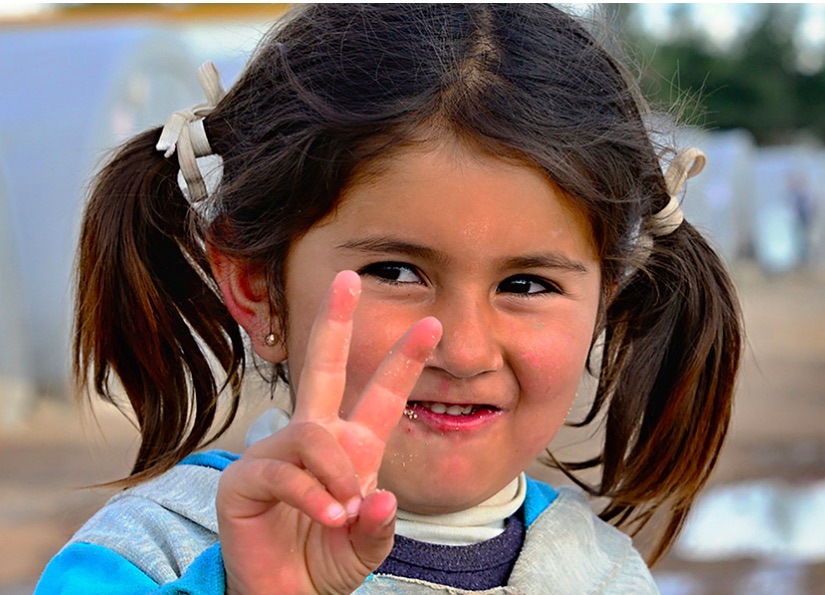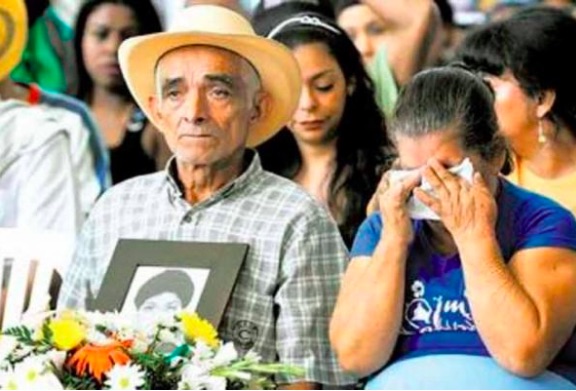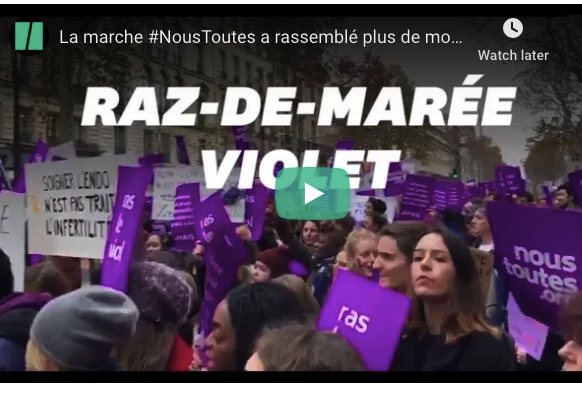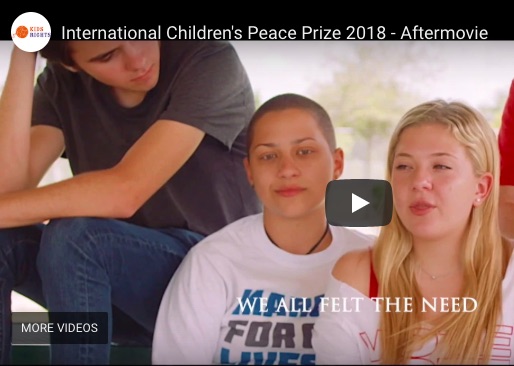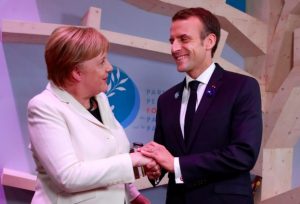TOLERANCE AND SOLIDARITY .
Special to CPNN by Myrian Castello
I was privileged to participate in the Forum of the United Nations Alliance of Civilizations: “# Commit2Dialogue: Partnerships for Prevention and Sustaining Peace.”
There were two days of discussion between plenary sessions and breakout sessions with themes that included dialogue between religions and cultures, digital diplomacy, women’s inclusion in peace processes, youth and Global Citizenship Education.
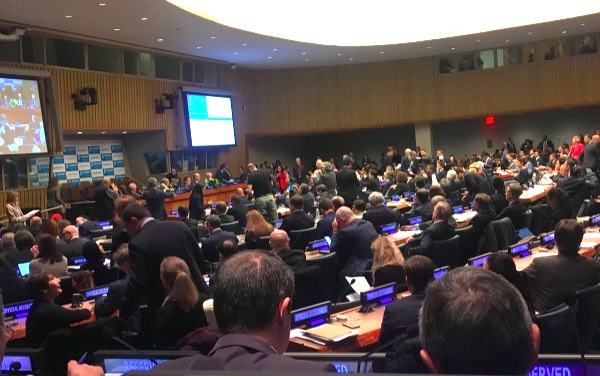
Photo by Myrian Castello
The Forum also featured the Youth Event: #UNAOCyouth with young people who shared their projects and voices.
The first plenary session highlighted diversity in wealth and resources, the need for humanity to co-exist, to give people access and share ideas and the need for more women and young people in decision-making.
The youth representative, Ms. Jayathma Wickramanayake, posted on her twitter about the need for the UN to trust in young people, and for young people to trust in the UN.
(Article continued in right column)
(Click here for the Portuguese version.)
What is the United Nations doing for a culture of peace?
(Article continued from left column)
Some young people shared the desire and need for more participation of young people in the round tables and spaces like this one. Others expressed the need for more actions, not just talk.
The plenary session “Words matter” highlighted the role of the media and the narratives that we count on.
At the Global Citizenship Education roundtable we discussed the different roles we have and the need to prepare young people and unite them. We also disussed the opportunity that exists in the reform of the system of exchange and in the development of the Sustainable Development Goals – We need to find the gaps and work for the ones that are left behind.
It was announced that Mr. Miguel Ángel will be the next High Representative of UNAOC. His first words were “Peace, prevention, stability and respect.”
In the final session Mr. Nassir Abdulaziz Al-Nasser expressed his thanks and how the Forum was a platform for sharing ideas, engaging with current and future partners and commitment to the agenda to prevent and sustain peace. He reiterated the importance of making room for community leaders, youth groups and women as participants.
In this forum it was possible to talk about important issues despite living in an era of polarization. lt gave us the opportunity to strengthen and partner with people working for the promotion of peace.
I leave with questions: With all that has been talked about and learned, how can we all be part of the solution? How can we see ourselves beyond titles and share our resources and talents to bring people together to find solutions and act to promote and cultivate peace?

